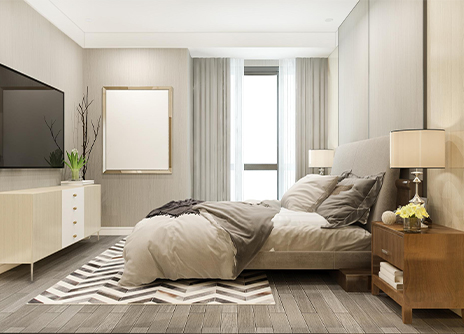
July 10, 2025
When selecting the right tile for your home, durability is a major consideration. Two of the most popular options—ceramic tiles and vitrified tiles—both offer strength, style, and practicality. However, their lifespan and performance vary depending on usage, environment, and maintenance. Understanding these differences can help you make the right choice for each space in your home.
Material Composition and Durability
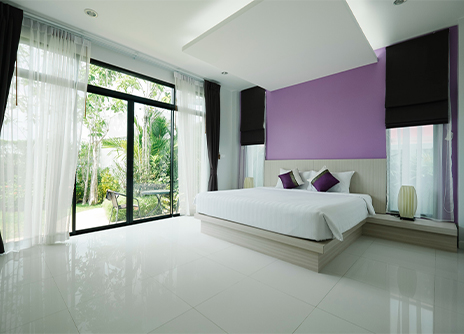
Ceramic tiles are crafted from natural clay, shaped and glazed before being kiln-fired. This makes them strong, versatile, and suitable for various indoor applications. While slightly more porous than vitrified tiles, their durability still holds up well in areas like bedrooms, studies, and low-traffic zones.
Vitrified tiles, made using a refined blend of clay, silica, and quartz, undergo a vitrification process that results in a denser, harder, and non-porous surface. They’re exceptionally resilient, especially for heavy-use areas.
While vitrified tiles excel in high-traffic zones, ceramic tiles are well suited for rooms with moderate activity areas and offer more variety in artistic finishes, including stone, wood, rustic, matt, and glossy.
Resistance to Water and Stains
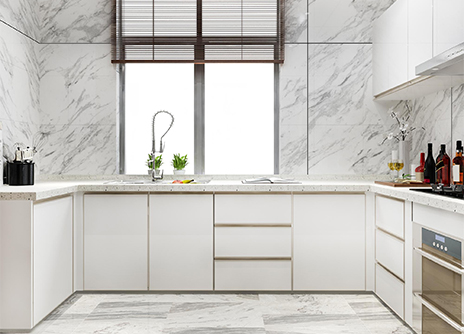
Vitrified tiles have extremely low porosity, making them highly resistant to water and stains—ideal for kitchens, bathrooms, and outdoor areas.
Ceramic tiles, particularly glazed ones, also offer good water resistance and are easy to clean. For interiors where moisture isn’t a constant issue—like bedrooms or corridors—ceramic floor tiles are both functional and stylish. While vitrified tiles excel in water resistance, ceramic tiles perform well indoors when used appropriately. For added protection, homeowners can choose Hydrophobic tiles that feature water-repellent properties—making them less prone to staining, easier to clean, and more durable in the face of everyday spills.
Maintenance and Ease of Care
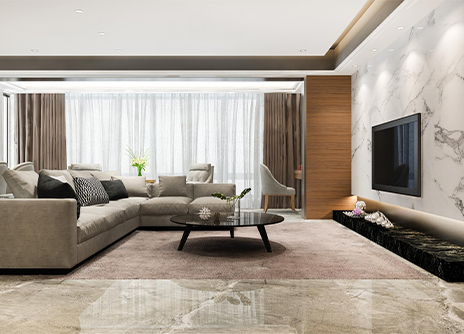
Both tile types are easy to clean and maintain. Vitrified tiles require very little upkeep and retain their finish for years, even with regular mopping and sweeping.
Ceramic tiles may need occasional regrouting over the years, especially in moisture prone areas, but their smooth surfaces make daily cleaning simple. With proper installation and basic care, ceramic tiles can last just as long in suitable environments.
Aesthetics and Style Variety
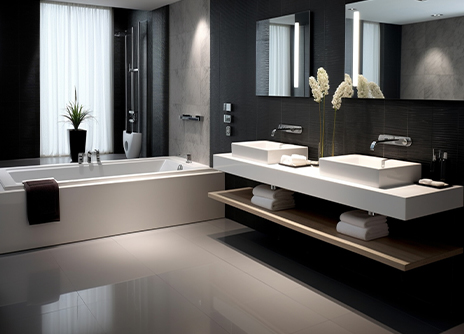
Ceramic tiles offer exceptional design flexibility. From hand-painted options to textured and patterned finishes, they are perfect for creating feature walls or infusing personality into a space. Their colour palette and detailing often exceed vitrified tiles in decorative richness.
Vitrified tiles, meanwhile, offer uniformity, sleek finishes, and a polished appearance that suits contemporary and minimalist spaces.
Cost Efficiency
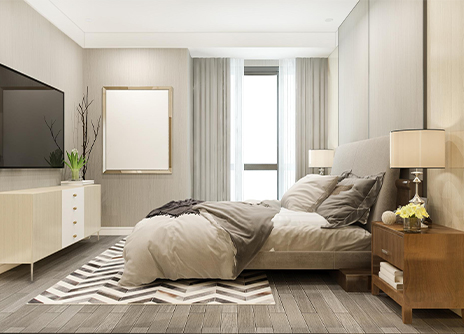
If you're working within a budget, ceramic tiles offer significant value without compromising on quality or style. Their lower cost and easy installation make them ideal where affordability and design flexibility are priorities.
Vitrified tiles are more premium, but they offer long-term value in high-use areas due to their durability.
Conclusion
Choosing between ceramic tiles and vitrified tiles depends on where and how you plan to use them. Vitrified tiles shine in durability, low maintenance, and performance in high-traffic or moisture-prone areas. Ceramic floor tiles, on the other hand, bring more variety in design, are budget-friendly, and perform beautifully in low to medium-use interiors.
With a comprehensive selection of both tile types, Somany Ceramics offers find the perfect balance between function and style! From elegant ceramic designs to robust vitrified collections, each tile is crafted to enrich your space and stand the test of time.